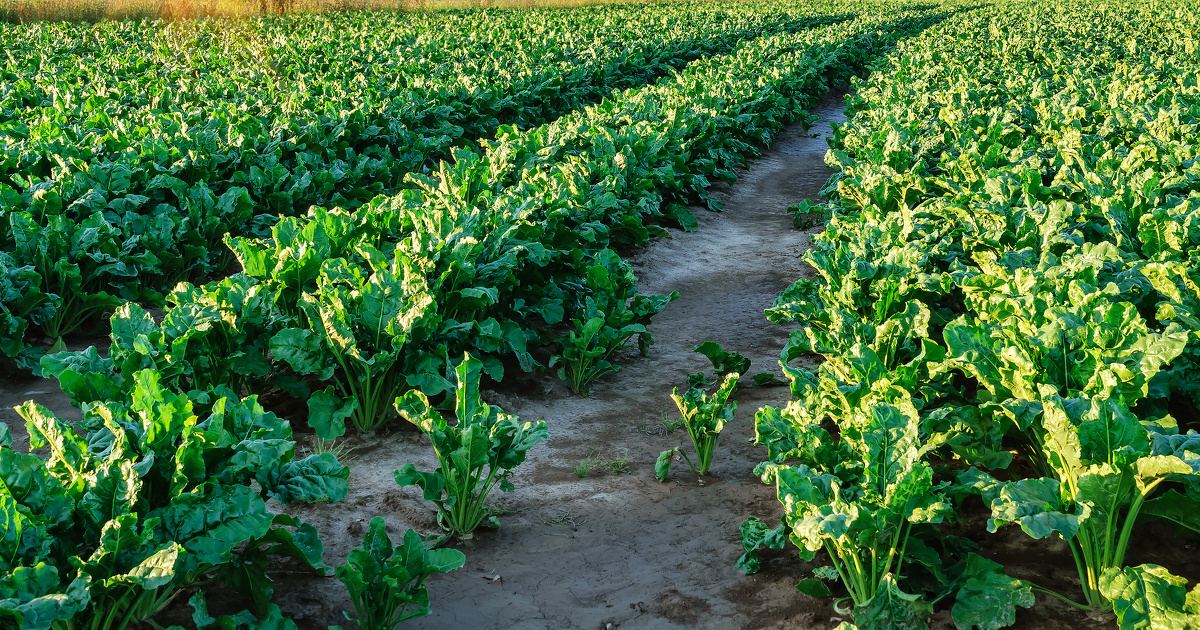The state recently renewed the annual exemption authorizing the use of beet seeds treated with nonicotinodes. This decision, in accordance with the law of December 14, 2020, nevertheless depends on a search for alternative solutions to be used before 2024. beet technology (ITB) presented an assessment of the first year of three studies carried out within the framework of the National Research and Innovation Plan (PNRI), deployed for this purpose. All of these results are confirmed in 2022 and 2023prvient l’Inrae. The hope for 2024 now lies in the development of combinations of levers to operate.
Among the twenty research projects funded to the tune of 20 million euros until 2024, the Provibe project aims to better understand the viral populations causing beet yellows in order, ultimately, to develop a vaccination seeds. Of the four viruses identified during this study, such as BYV, none was unknown to the researchers from Inrae and the ITB. According to these, this low viral variability, even between plants from distant plots, suggests effective large-scale virus dispersal mechanismsnamely their transmission through aphids, targeted by the pesticides in question.
To combat aphid infestations, the Sepim project aims precisely to better predict the timing and intensity of their arrival in crops. The first predictive model developed within the framework of this study would already discriminate effectively the symptom-free plots and the plots affected by yellows. Finally, with regard to the tests carried out in the 57 pilot farms, INRAE certifies that the temporary association of certain plants, in particular oats, with beets can have a significant impact on the reduction of aphid populations in a plot. The challenge is to find a compromise to define methods of use and management that will have a sufficient effect to reduce the symptoms of jaundice without competition between companion plants and beets, which would be detrimental to yield.
Article published on March 03, 2022
–


